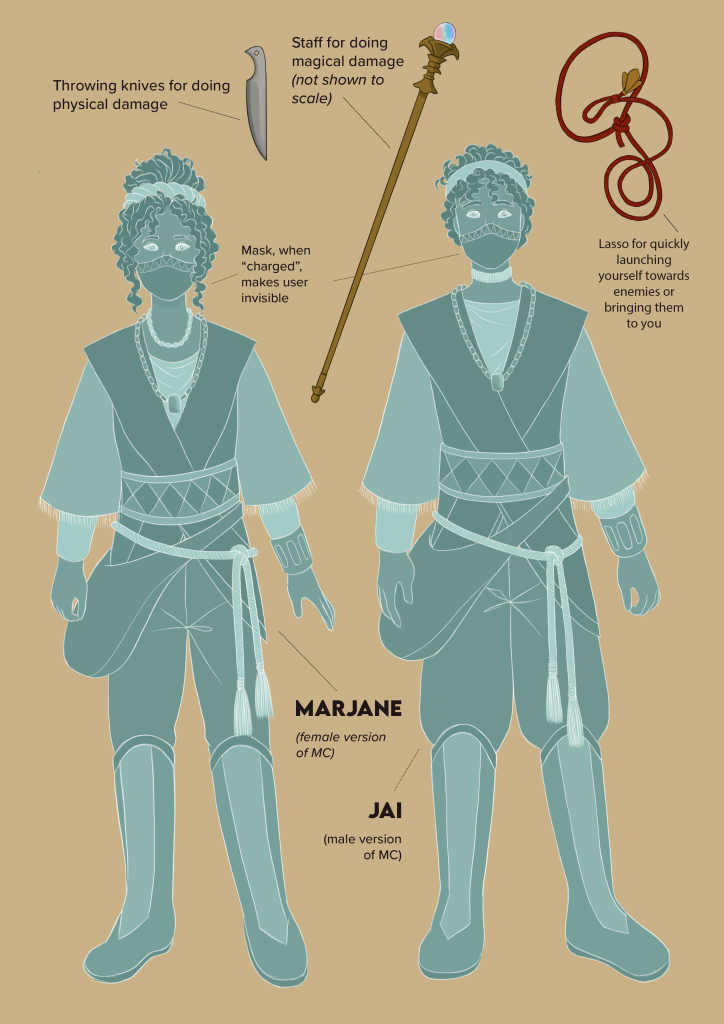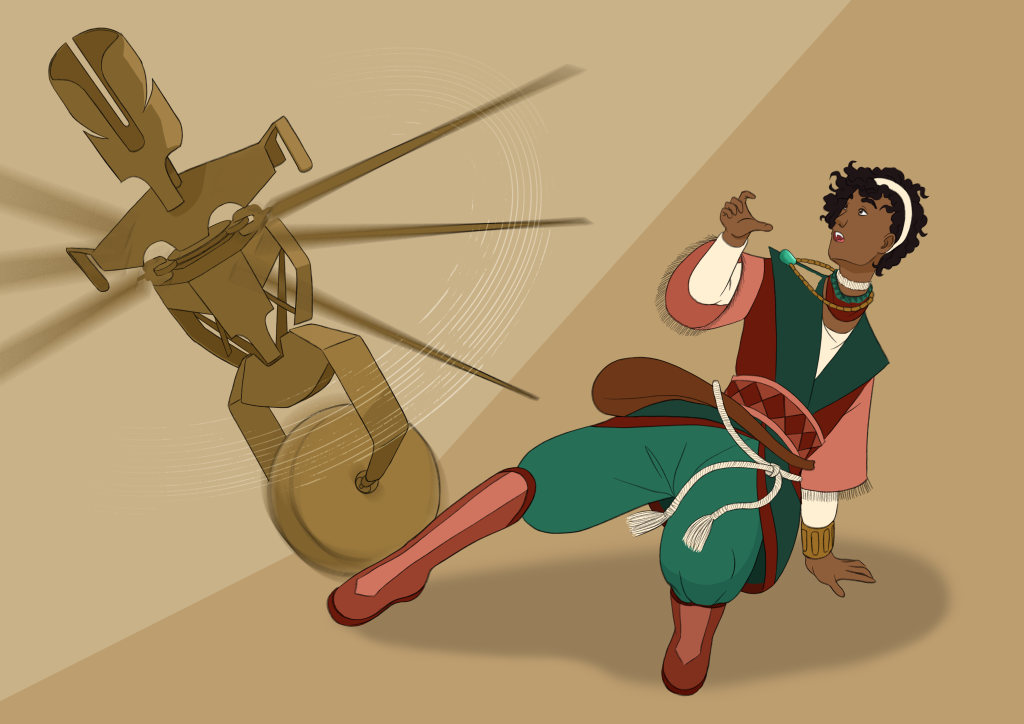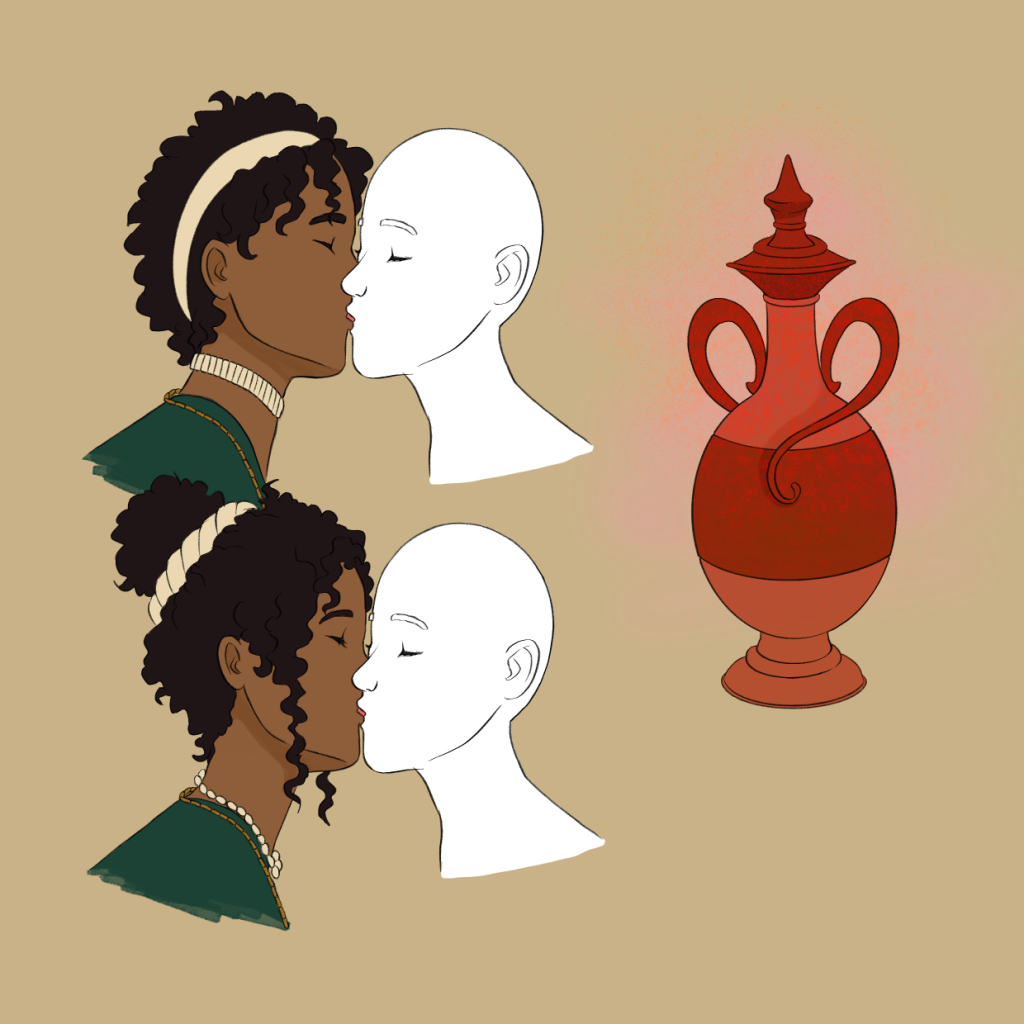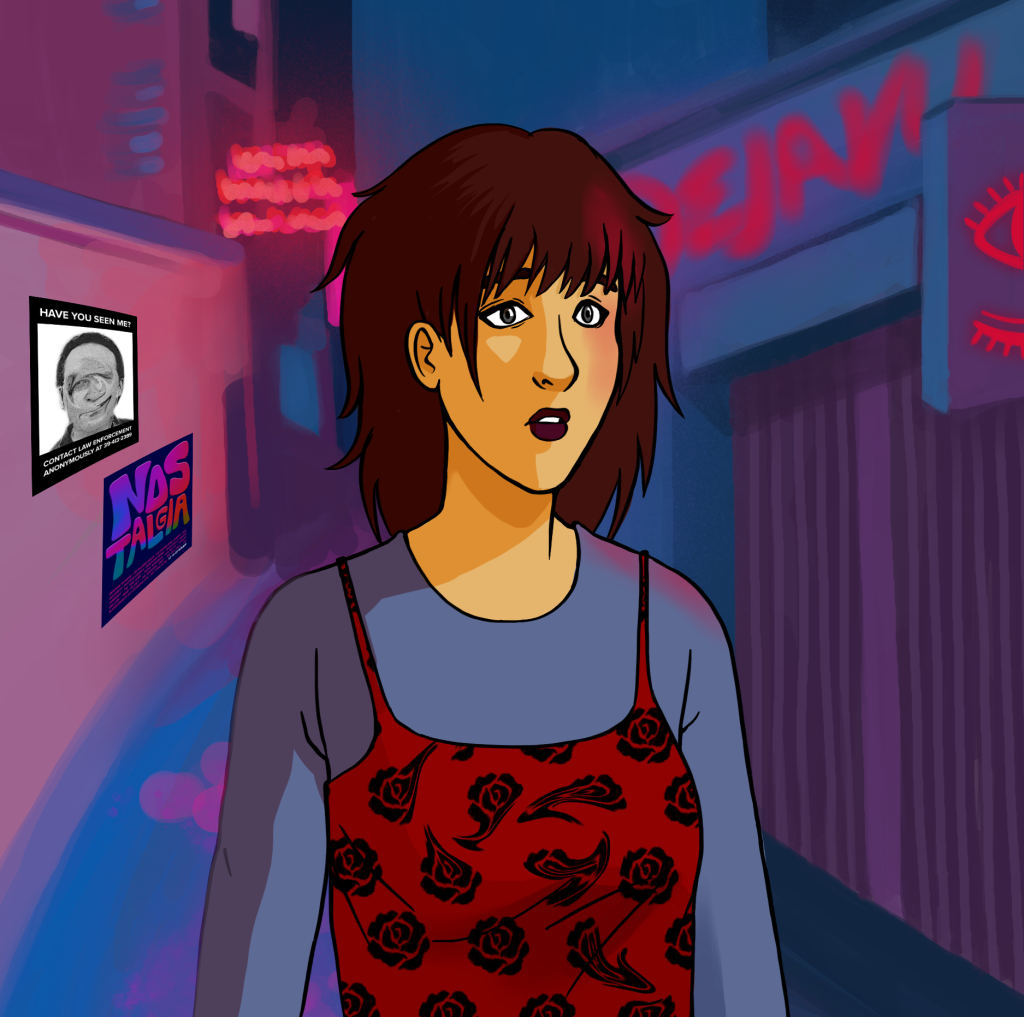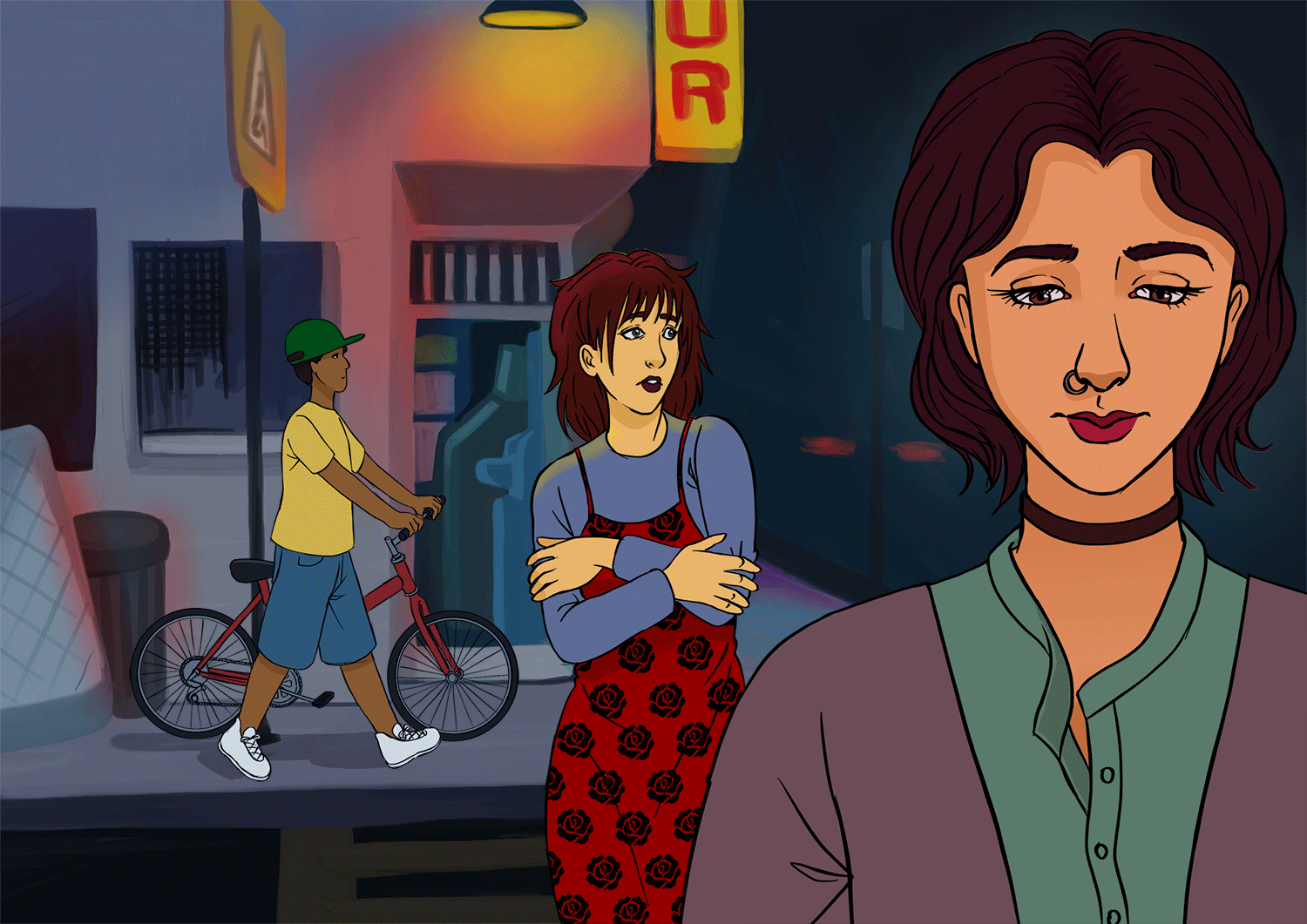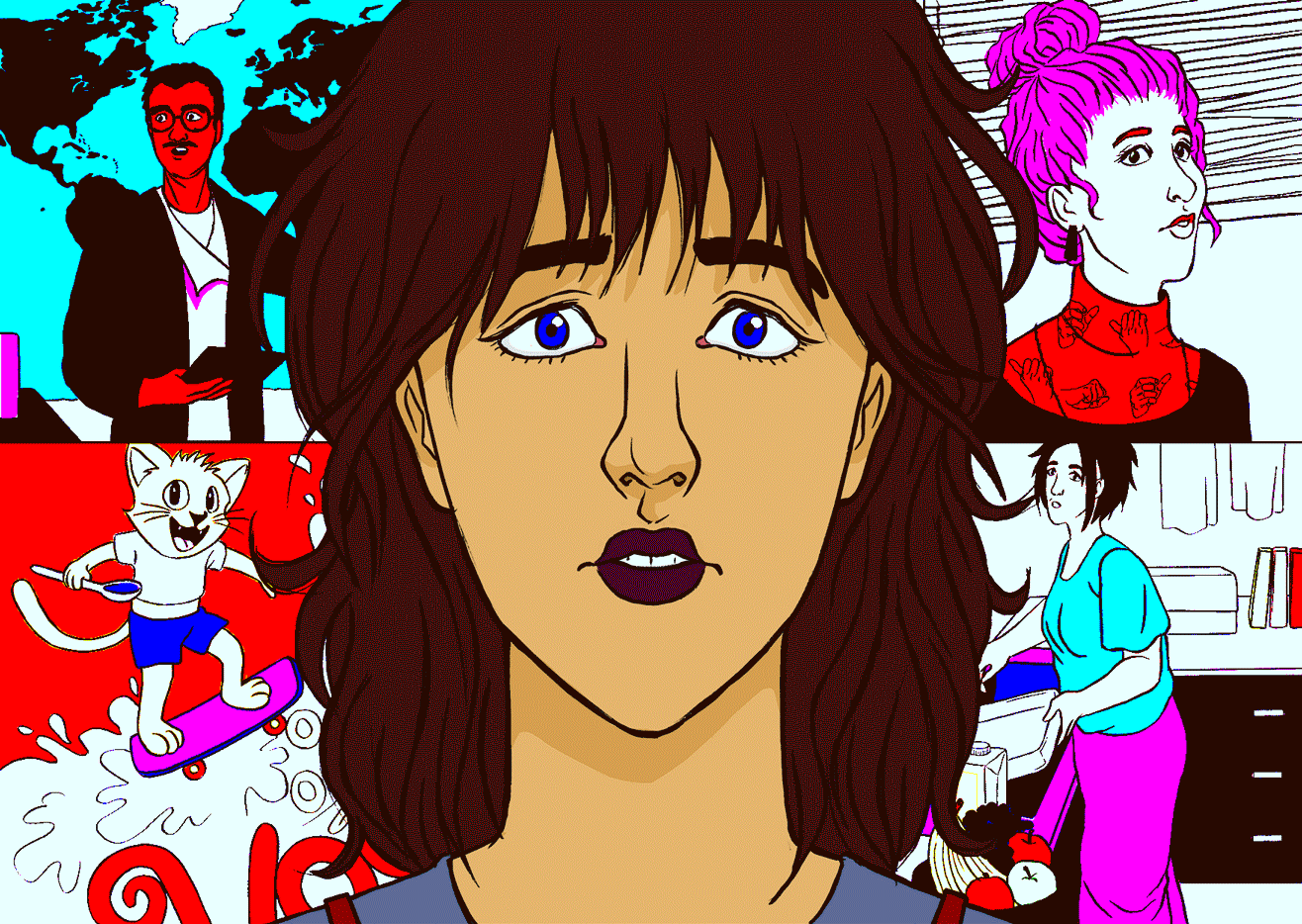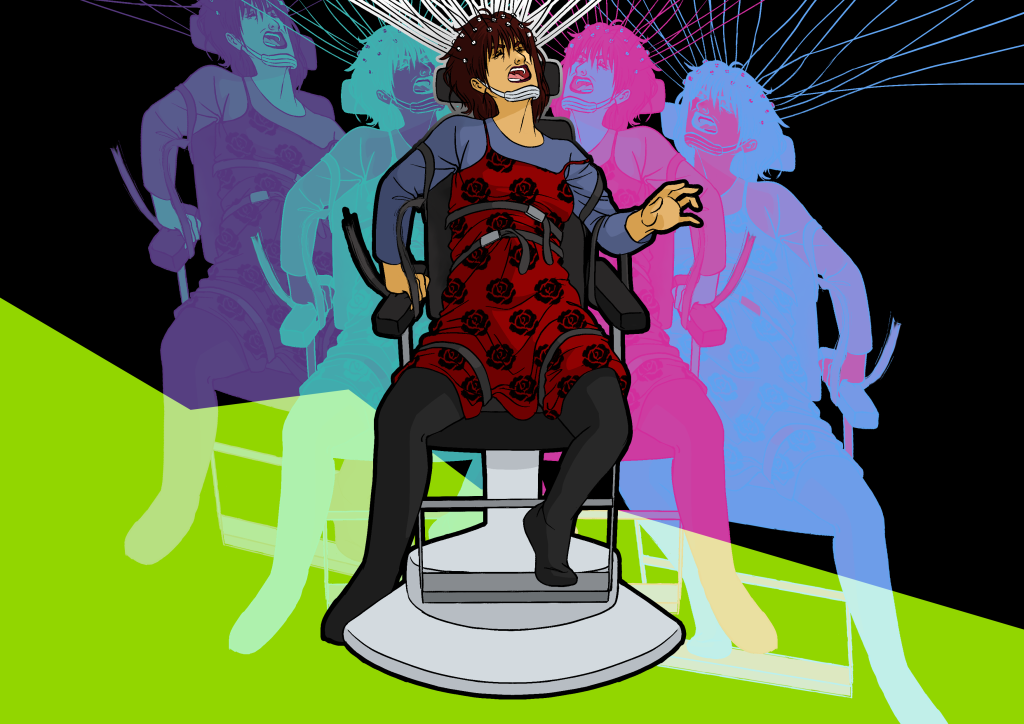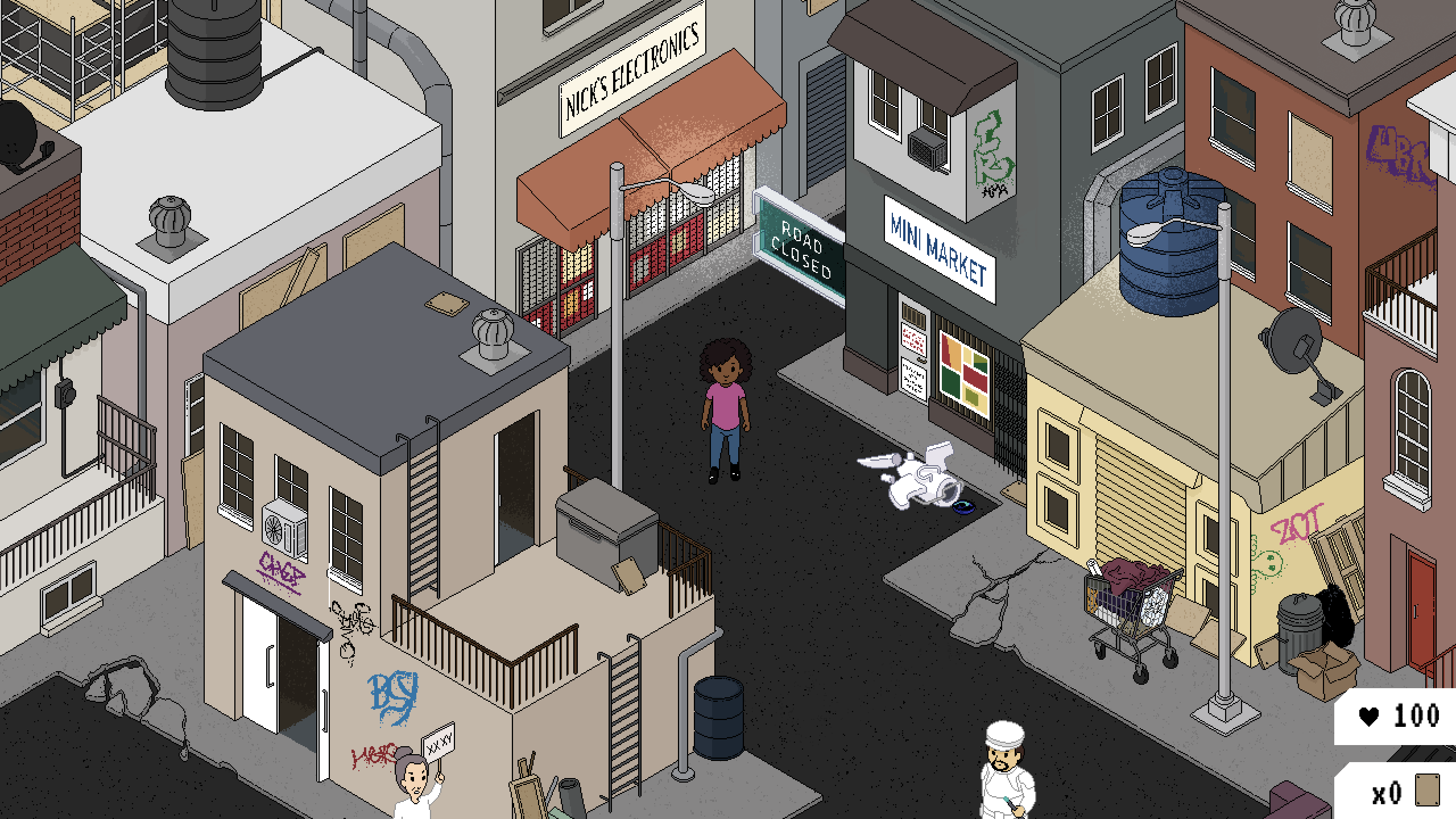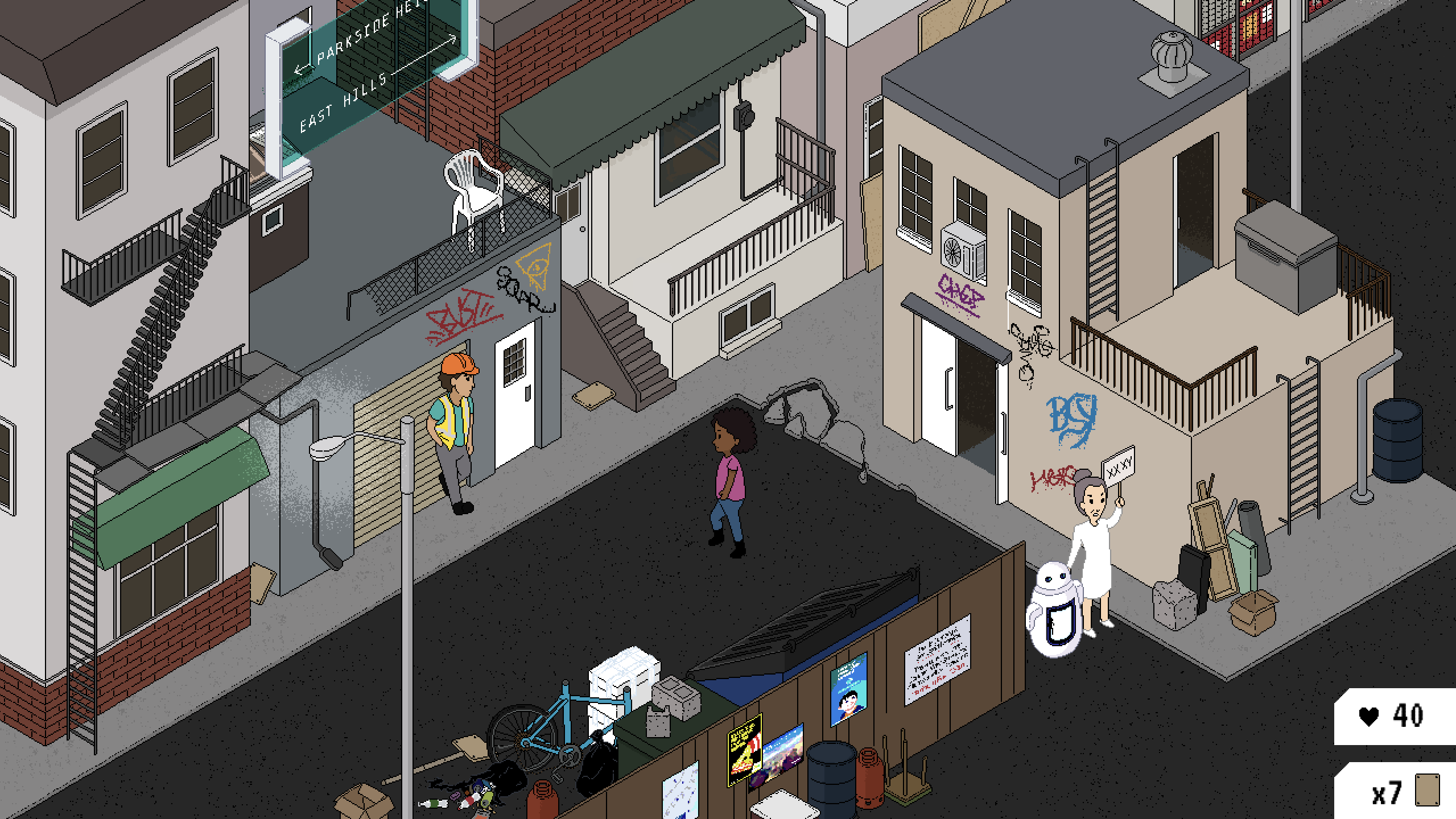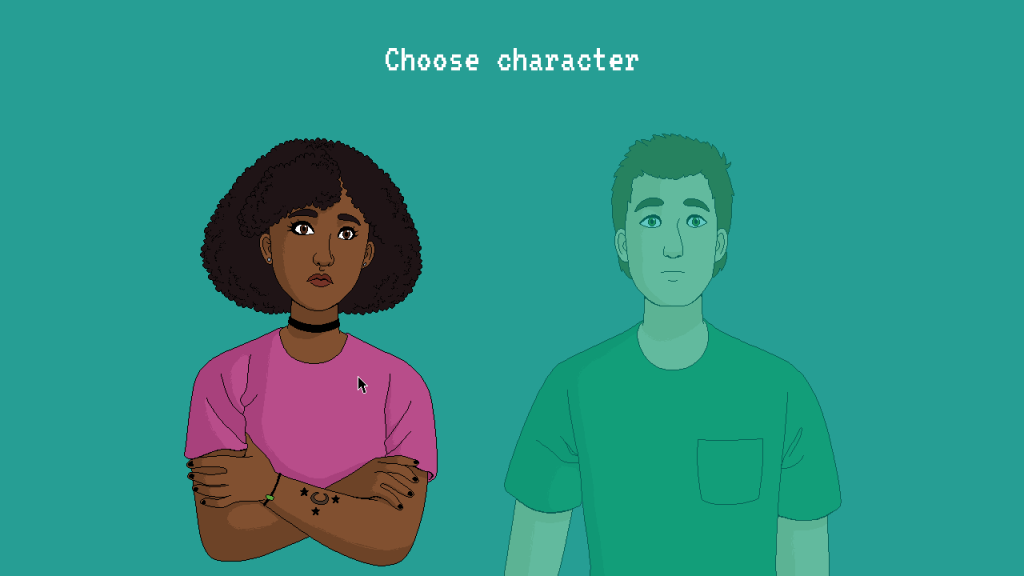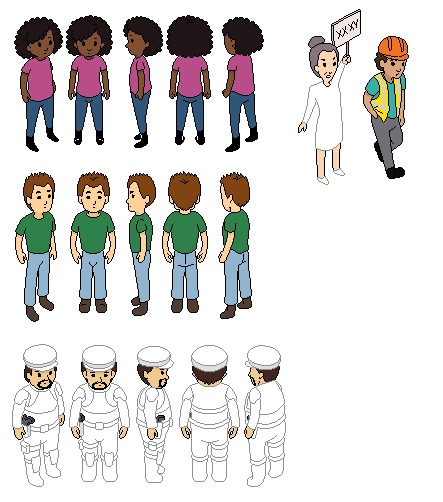Game Ideas
-
Artefacts
-
Memory
-
Equity
Artefacts (Action RPG)
This action RPG would be inspired by the real life fight to bring artefacts stolen from colonised countries back home (such as the items in the British Museum). The antagonists in this story would be fictional, but there would definitely be inspiration from people such as those who filled the British Museum.
I looked at Nigerian, Indian, Egyptian, and ancient Greek traditional clothing as inspiration for the look of these characters. The magic staff and throwing knives are an homage to some of my favourite combat techniques from games: magic staves in Dragon Age Inquisition and Veilguard, throwing items in Legend of Zelda: Tears of the Kingdom, throwing knives in Asterigos: Curse of the Stars, etc. The lasso item is inspired by items such as the grappling hook in Oceanhorn 2. The enemies which can be seen in one of the illustrations are heavily inspired by dwemer automatons from Elder Scrolls.
This story would be a fantasy based one. To add an extra layer of emotion and high stakes to the premise, a recently stolen artefact would be a ritual container which people of the player character’s culture use in spiritual practice, specifically to cast their soul/consciousness/self into separate from their body. Once removed from the ritual chamber, the soul is trapped until the artefact returns to the chamber. The significant other of the player character – which can be a male or female version – has their soul trapped in a stolen ritual container and this is the straw that breaks the camel’s back. The player character, with the support of their community, would set off on a mission to not only free their significant others’ soul but to bring an end to the exploitation of their culture once and for all.
Memory (visual novel/puzzle)
This game idea is based on the fallibility of human memory. The story would be set in a mostly contemporary environment with soft sci-fi and dystopian elements.
The player character would find that one day things about her environment – her home, her school/work, her neighbourhood – seem…wrong. She can’t put her finger on what’s wrong with them, but the answer seems to flit ephemerally along the edges of her conscious mind. Eventually she realises that elements of her environment are actively shifting based on her memories of them. This realisation could come about, for example, via seeing a photograph of the facade of a building that seemed off in real life. The photograph could prove that she remembered the facade wrong, and once the false memory is corrected, the facade would stop feeling off in real life. Correcting these false memories could be the concept behind gameplay puzzles.
The reveal would come later, and we (alongside the player character) would learn that the world she’s been living in is actually a virtual simulation of reality, with an overlay of “wrong” things throughout it caused by the player character’s own false memories. The strings would be pulled by an unhinged researcher who is looking for common weak points in human’s memories, with the overarching plan of exploiting those weak points to achieve mind control. Once the researcher sees via his monitoring equipment that the player character is successfully fixing some of her false memories, he may even insert completely false elements into her brain out of nowhere to confuse her.
The player character would finally break free with the help of the researcher’s assistant, who will have been secretly feeding the player character tiny bits of a memory that was deliberately completely erased: her capture and forced participation in this experiment. The memory bits would be uploaded as “code” (just like the false elements mentioned above) via a backdoor security flaw that the assistant is exploiting. This would result in the experiment overloading.
I could play with themes of societal power and combating harmful stereotypes by insinuating that the researcher didn’t think that his assistant would be knowledgeable enough to do such a thing. But not only is the assistant knowledgeable enough, she also knew that she needed to upload only tiny bits of the memory at a time to avoid the researcher seeing any big changes that he wasn’t responsible for and couldn’t write off as static. The bits of memory would show up to the player character within the simulation as some sort of token that you collect to progress in the game.
Equity (simple exploration game prototype)
Playable at: https://lindanimated.itch.io/equity
“a tiny game, and a big call to awareness”
A simple game prototype developed in GDevelop as an allegory for the systemic discrimination that is woven into our everyday lives. The example white male character has an easy go at his task – collect the ten pieces of wood scattered around the isometric city block. But the black female character, who you are made to play as, has a much harder time of it. People everywhere are impeding her progress, and they can even hurt her if she gets too close. She works just as hard to retrieve the pieces of wood as the white male character did (or really, even harder, because she has to constantly keep an eye out for the obstacles along her path).
In the ending scene, both characters have the ten pieces of wood ready. The white male character’s pieces form a bridge across a canyon, which he walks over to the other side. The black female character’s pieces – ten, just like the other character – try to form a bridge too, but the canyon is wider where she is standing. She can’t pass unless you, as the player, click the button labeled “equity”. And doesn’t her equal work deserve an equal reward?

